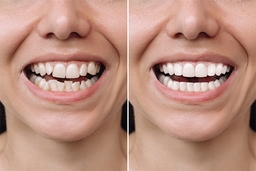Should I Get Braces?

Braces are used to correct the position and alignment of the teeth to maintain both function and aesthetics.
What are braces?
Braces are orthodontic appliances designed to straighten teeth and align the jaws that are uneven, crowded, or misaligned.
In addition to enhancing your smile, braces help improve chewing efficiency and reduce the risk of jaw pain or temporomandibular joint (TMJ) disorders.
Without orthodontic treatment, misaligned teeth can make it difficult to maintain oral hygiene, increase the risk of gum disease, and affect the appearance of your smile.
Who needs braces?
Braces can be used by both children and adults. They are typically recommended between the ages of 7 and 13, once permanent teeth begin to emerge and alignment issues start to appear.
However, braces are not recommended for baby teeth, as they can interfere with the growth of permanent teeth.
The ideal time to get braces is after age 14, when all permanent teeth have grown in and the jaw is still developing, making it easier to move teeth into the correct position.
Adults can also wear braces, but treatment may take longer since the bone structure is mature.
However, not everyone is a suitable candidate for braces. If your teeth are severely damaged, broken, infected, or if you have a serious jaw deformity, your dentist will evaluate whether braces are safe and effective for your condition.
When should I consider getting braces?
You may need braces if you experience one or more of the following conditions:
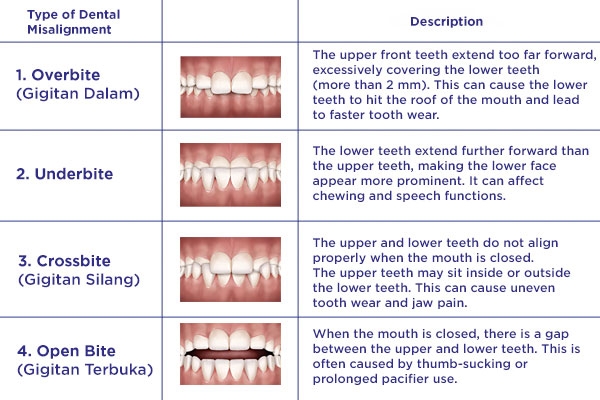
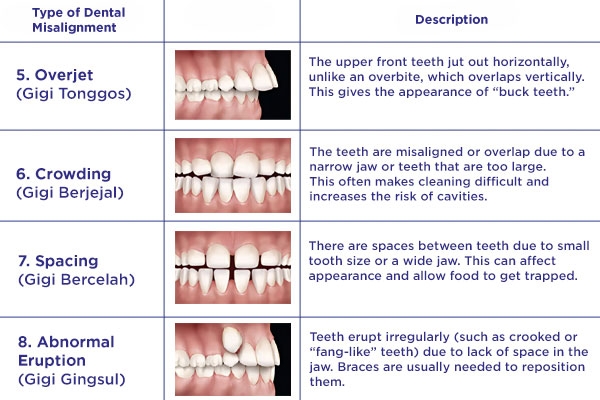
Different types of braces for teeth
1. Metal braces
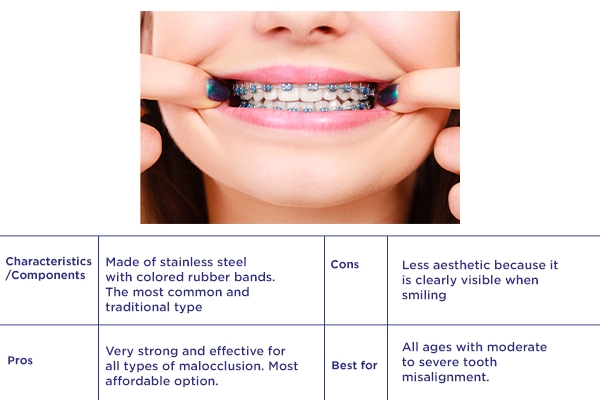
2. Ceramic braces
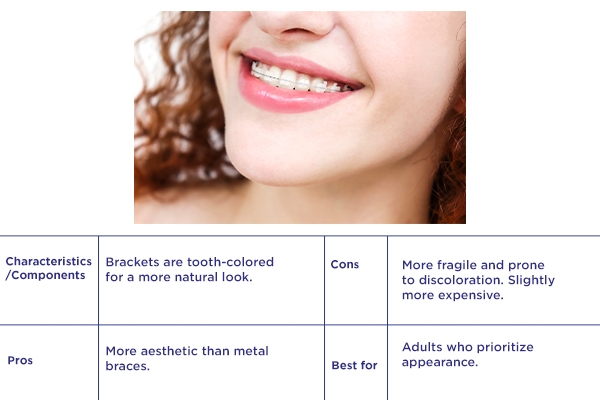
3. Sapphire braces
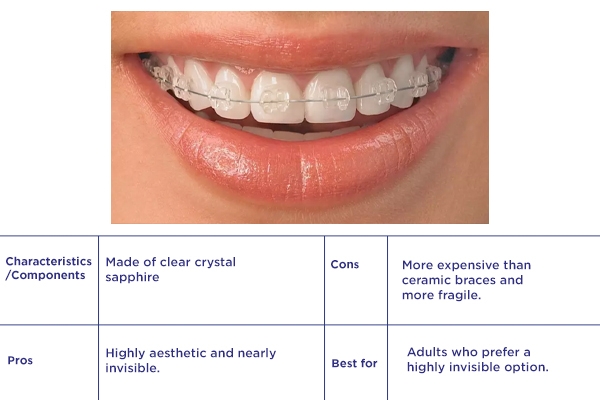
4. Self-ligating braces
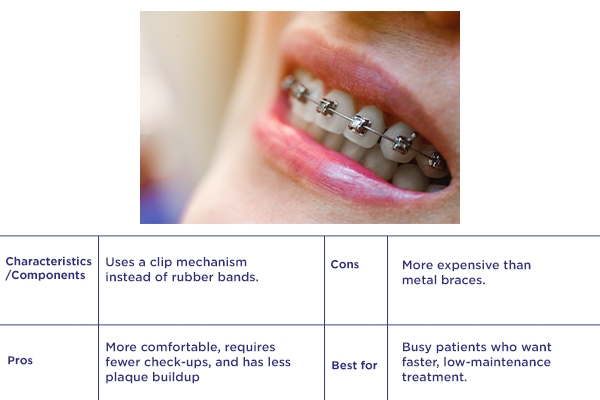
5. Lingual braces
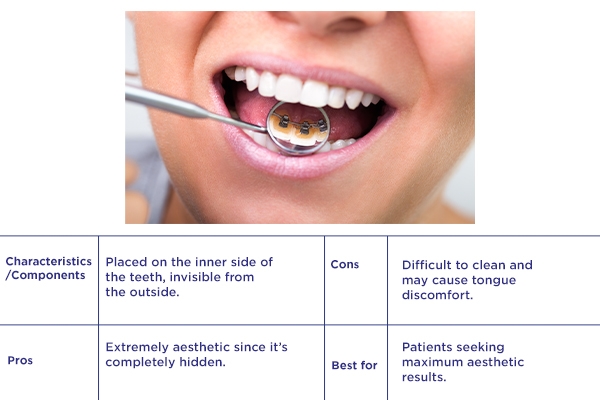
6. Clear aligners
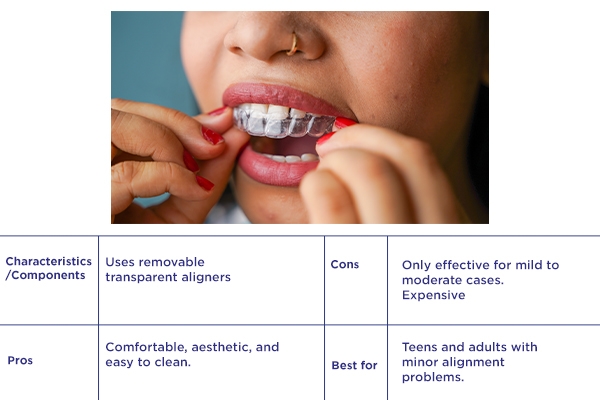
How are braces put on

Everyone has a unique oral condition, so the procedure and treatment experience may vary.
Here are the general steps of braces procedure:
1. Consultation and preparation
The dentist will examine your teeth and jaw, and ask about any complaints, such as difficulty chewing or speaking.
2. Dental impressions and X-ray
After the initial check-up, the dentist will take dental X-rays and impressions to determine the most suitable treatment plan.
The goal is to create a model that helps assess the space in the dental arch and guide the proper placement of the braces.
3. Pre-treatment preparation
Before applying braces, the dentist may perform preliminary treatments such as scaling, filling, or tooth extraction if necessary to prepare your teeth.
4. Braces installation (insertion)
The dentist attaches brackets to each tooth using a special adhesive. Then, the archwire is connected using elastic bands or metal ties.
This procedure usually takes around 1–2 hours.
5. Regular adjustments
After the braces are installed, the dentist will schedule follow-up visits for regular adjustments.
These appointments are important to monitor tooth movement and tighten the wires when needed.
You may feel slight discomfort for the first 5–7 days as your mouth adjusts to the new braces.
6. Braces removal and retainer placement
Once your teeth are aligned, the braces are removed and replaced with a retainer to maintain the results.
A beautiful smile starts with healthy, well-aligned teeth.
If you feel self-conscious about your teeth alignment or experience frequent jaw pain, don’t hesitate to consult an orthodontist or general dentist.
With the right treatment, your best smile can start today.
Visit GWS Medika, a trusted health clinic in Jakarta, and book your dental appointment now!


